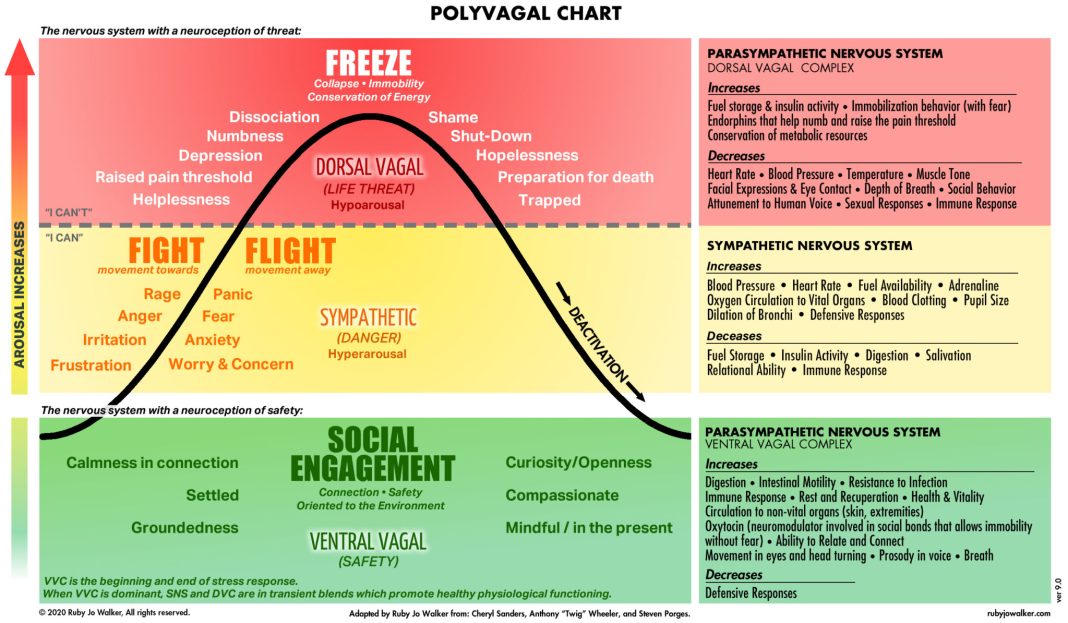Does previous trauma influence on the tutorial attainment of care-experienced younger individuals? In that case, in what approach? Are trauma-informed academic approaches out there to all, or is it a postcode lottery?
To start out with, we have to take a look at the issue.
In line with GOV.UK, there have been 263,904 faculty suspensions in the course of the 2022-23 faculty yr. This was a rise from 201,090 the earlier yr. Everlasting exclusions, i.e. when a pupil is faraway from a faculty completely and their identify is taken off the varsity roll, elevated from 2,179 in 2021-22 to 3,039 in 2022-23.
While these statistics are usually not damaged down into whether or not these younger individuals had been care-experienced, the Division for Schooling (DfE) have said that 9.8% of youngsters in care skilled not less than one mounted time period exclusion from faculty in the course of the 2021-22 faculty yr.
Suspensions and exclusions apart, the tutorial attainment hole between younger individuals in care and different pupils nonetheless stays extensive.
So what could be executed about this?
Earlier than we will take a look at approaches and methods, we have to take a look at what previous trauma truly is, and the way it can have an effect on us all.
What’s previous trauma?
Trauma could be classed as an emotional response to important bodily or emotional occasions. It will probably have an effect on our long run psychological well being, wellbeing and reminiscence. Trauma also can have an effect on us bodily, inflicting complications, aches and pains and also can disrupt our sleeping and consuming patterns.
How we reply to trauma in actual time could be outlined utilizing the visitors mild system of the Polyvagal Chart developed by Dr. Stephen Porges in 1994:

The chart highlights the three foremost psychological and bodily states, that neuroceptions of both security or menace can place us in. We will see that after we are throughout the Social Engagement state we really feel secure, calm and receptive to others. Bodily, our our bodies are extra immune to an infection, and our circulation will increase to non-vital organs.
After we expertise a level of menace, we enter the hyperarousal phases of both Battle/Flight or Freeze. We will now see the numerous hurt these states inflict on our psychological and bodily well being, as our our bodies instinctively put together for hazard.
After we speak about ‘previous trauma’, we’re normally referring to historic occasions that haven’t solely beforehand positioned us in one of many hyperarousal states, however have conditioned us when it comes to how we reply to additional precise or perceived trauma-inducing occasions.
When kids expertise trauma
After we speak in regards to the trauma that’s skilled by kids, we usually discuss with them as Antagonistic Childhood Experiences (ACEs). There are 4 foremost classes of ACEs:
- Bodily Abuse
- Sexual Abuse
- Emotional Abuse
- Neglect
Sub-categories of ACEs embrace home abuse, struggle crimes – and even the method of coming into care. Moreover, some kids could have skilled multiple class of ACE. We should additionally not neglect that witnessing abuse or neglect can also be classed as experiencing important trauma.
Allow us to now return to the Polyvagal Chart.
Younger people who find themselves coping with present or previous trauma usually tend to reside in both the Battle/Flight or Freeze states. Their senses shall be heightened as a result of precise or perceived menace, that means that their pure manner is not going to be one among calmness, openness and mindfulness.
By figuring out the basis of the trauma skilled by a teenager, we will begin to make sense of their behaviour, thought patterns and any conditions that is perhaps activating for them. Solely then can we begin to formulate related methods and approaches to assist that younger particular person self-regulate and start to heal from the trauma they’ve skilled.
So how can we even begin this course of?
A therapeutic strategy
You’ll have heard of therapeutic care or therapeutic parenting. Regardless of the context, it’s an strategy that includes figuring out related methods, after which actioning these methods utilizing a mannequin known as PACE (Playfulness, Acceptance, Curiosity and Empathy).
Some examples of methods could possibly be ‘Naming the Want’, which focuses on a teenager’s previous experiences to assist make sense of the current, instilling agency routines and bounds to assist a baby really feel secure, and quick supportive observations relatively than grand gestures of reward.
As soon as related methods have been recognized, the PACE mannequin is used to motion them. Let’s take a look at the weather of PACE in additional element:
- Playfulness: utilizing a lightweight tone of voice and expressing a constructive outlook will assist younger individuals deal with constructive emotions that they is probably not used to experiencing. A teenager who begins to recognise and benefit from the constructive points of their life is much less more likely to be withdrawn and defensive.
- Acceptance: accepting a teenager’s motives behind their behaviour as one thing that exists independently from who they’re as an individual, will assist keep away from blame and disgrace.
- Curiosity: displaying curiosity about behaviours, relatively than extra accustional questions comparable to ‘why did you do this’, will assist keep away from defensive responses.
- Empathy: being empathic, relatively than sympathetic, shows to a teenager that they’re understood, and that they don’t seem to be alone of their disappointment or misery.
Using a deliberate and tailor-made therapeutic strategy with a teenager will assist re-route sure pathways within the mind which have turn into wired in a sure approach as a result of a level of psychological trauma.
Trauma-informed academic approaches
Mainstream academic institutions are constructed for securely hooked up younger individuals. In different phrases, people who operate throughout the inexperienced ‘social engagement’ state on the Polyvagal Chart. Care-experienced younger individuals, or any youngster who has skilled important trauma, might discover themselves in a deprived place, by way of no fault of their very own.
A trauma-informed academic strategy is crucial for kids who’ve skilled antagonistic childhood experiences, however sadly there isn’t a standardised providing. It will probably due to this fact be an actual lottery when it comes to how inclusive and trauma-informed a specific faculty is.
With no full historic file, together with particulars of any activating situations gleaned from therapeutic work, younger individuals could discover themselves in a reactive atmosphere – the place their behaviours are misunderstood and are labelled as anti-social.
If sure behaviours result in punishments comparable to suspensions or exclusions, there’s a actual danger that younger individuals might spiral into felony exercise.
Louise Bomber, a Strategic Attachment Lead Instructor & Therapist, developed a factfile template to file info based mostly round a teenager’s relational well being, any ‘survival methods’, foremost stressors and activating situations – and the way these current themselves. Moreover, any methods identified to convey a baby again to a regulated state.
The factfile is meant for use in faculties as a method to inform all instructing employees of the related trauma-informed approaches required for a teenager. Nonetheless, as talked about earlier, that is in no way a standardised strategy.
TACT’s devoted Schooling Service is within the strategy of getting ready further coaching to be delivered within the faculties attended by our younger individuals. However extra must be executed nationally to degree the enjoying subject and to standardise trauma-informed approaches in faculties.
In different phrases, to create studying environments the place kids are understood relatively than misunderstood.
Learn extra about Therapeutic Parenting.

